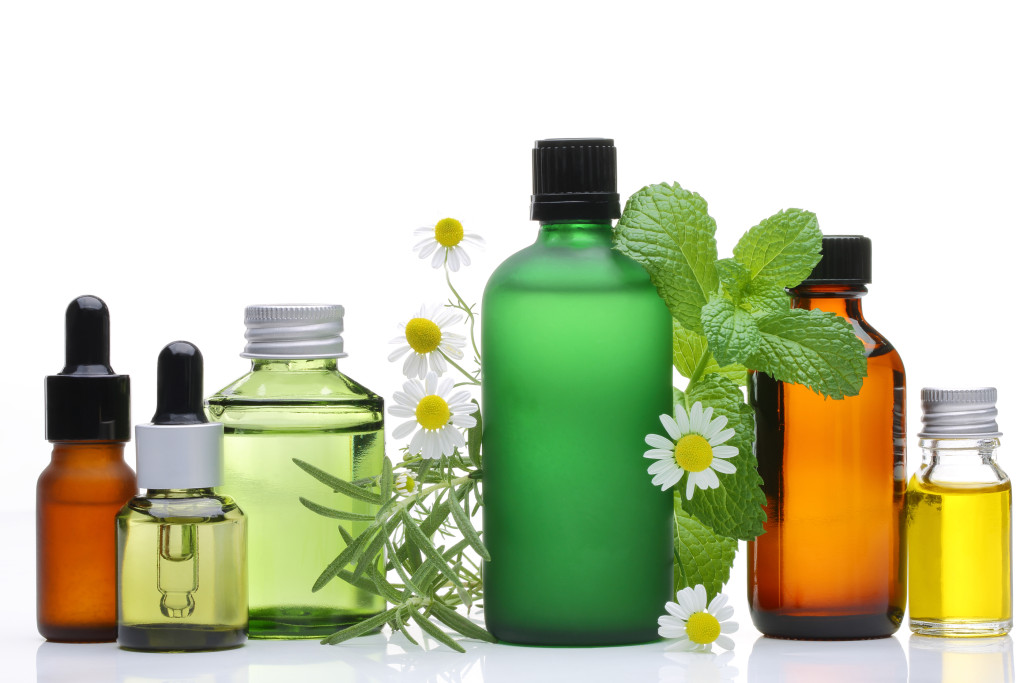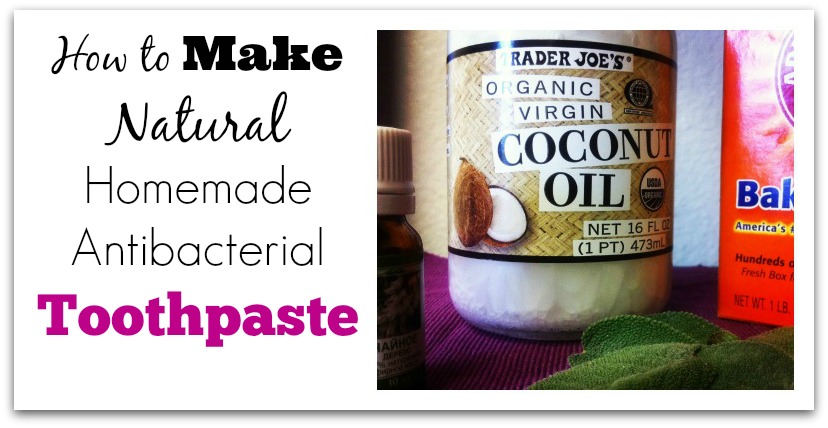This Bread Changed Everything: Why Homemade Sourdough Is the Gut-Healing Staple You Need
Why Homemade Sourdough Is So Powerful
Unlike conventional bread, sourdough is made through natural fermentation using wild yeasts and lactic acid bacteria. This ancient process breaks down gluten and antinutrients like phytic acid, making the bread more digestible and nutrient-available.
- Lower Gluten Content: Fermentation breaks down gluten proteins, making sourdough much easier to tolerate for those with sensitivities (not suitable for celiac).
- Glyphosate-Free: When you use certified organic or heritage grains, you eliminate glyphosate exposure—something that’s rampant in non-organic wheat.
- Prebiotic-Rich: Sourdough supports gut health by feeding beneficial bacteria in your microbiome.
- Blood Sugar Friendly: Slower fermentation helps lower the glycemic index of bread, reducing blood sugar spikes.
Best Flours to Use (Glyphosate-Free)
To ensure your sourdough is truly clean and glyphosate-free, use these flours:
this is the best flour I have found
- Organic Einkorn Flour: An ancient grain with low gluten and no chemical contamination.
- Organic Rye Flour: Naturally low in gluten and excellent for starter fermentation.
- Organic Spelt Flour: Another ancient grain that’s easier to digest and rarely sprayed with chemicals.
- Certified Organic All-Purpose or Bread Flour: Always choose certified organic to avoid pesticide residue.
this is the best flour I have found
The Starter: Your Living Culture
Your sourdough journey begins with a starter—a simple mix of flour and water that ferments over 5–7 days. This living culture will leaven your bread naturally without commercial yeast.
How to Make a Basic Starter
- Day 1: Mix 1/2 cup organic rye or whole wheat flour with 1/2 cup filtered water. Stir and leave loosely covered at room temp.
- Days 2–7: Each day, discard half and feed with another 1/2 cup flour and 1/2 cup water.
- By day 6–7, it should be bubbly, smell tangy, and double in size within a few hours of feeding—your starter is ready.
Simple Homemade Sourdough Bread Recipe
- This recipe uses just 4 ingredients and minimal equipment.
Ingredients:
- 3 1/2 cups organic all-purpose or bread flour
- 1 1/4 cups filtered water
- 1/2 cup active sourdough starter
- 1 1/2 tsp unrefined sea salt
Instructions:
- Mix: Combine flour and water in a bowl. Mix until shaggy. Let rest 1 hour (autolyse).
- Add starter and salt: Mix in the sourdough starter and salt. Knead until smooth or stretch and fold every 30 mins over 2 hours.
- Bulk ferment: Cover and let rise at room temp 4–6 hours or until doubled in size.
- Shape: Gently shape into a round or oval loaf. Place into a floured proofing basket or bowl.
- Cold proof: Cover and refrigerate overnight (8–12 hours).
- Bake: Preheat oven to 475°F (245°C) with a Dutch oven inside. Place loaf in Dutch oven, score top with a blade, cover and bake 20 mins. Remove lid, bake 20–25 more mins until golden brown.
- Cool: Let bread cool fully before slicing (very important for texture and digestion).
Final Thoughts: The Bread Your Gut Will Thank You For
Homemade sourdough bread is more than food—it’s a healing ritual. With its gentle gluten profile, clean ingredients, and gut-supporting benefits, it’s one of the best swaps you can make in a whole-food lifestyle. And when you control your flour source, you avoid hidden toxins like glyphosate that can compromise long-term health.
Ready to bake the healthiest bread of your life? Start your sourdough journey today, and let your gut—and taste buds—celebrate!


